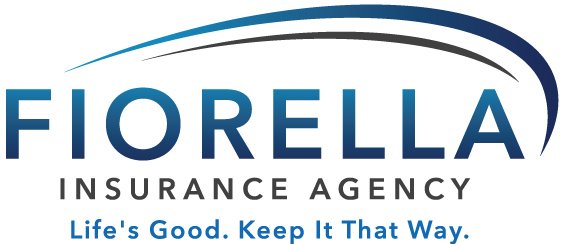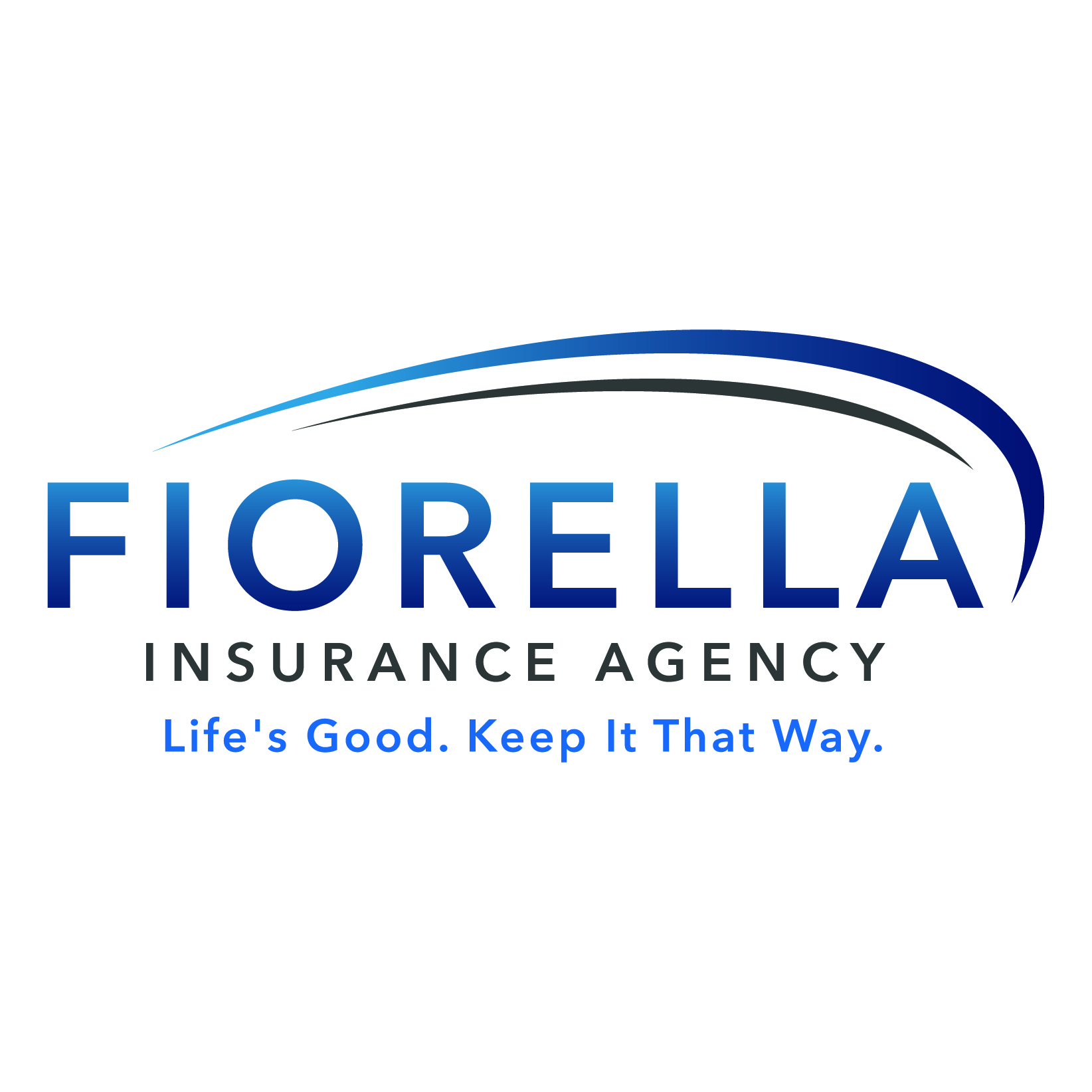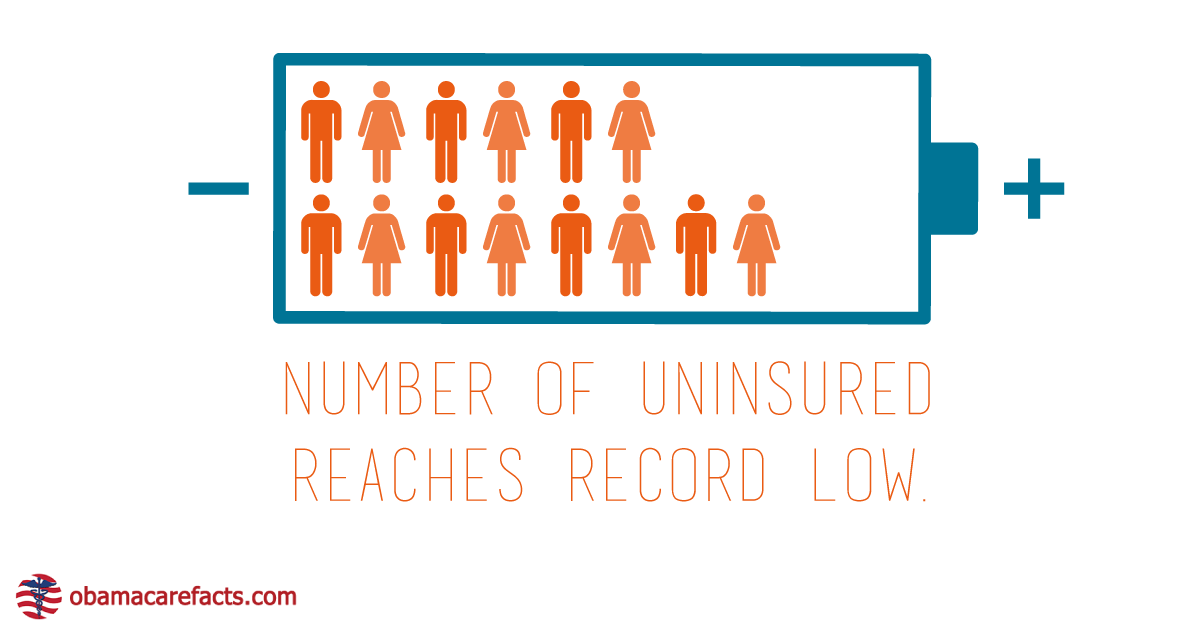Since its inception, the Affordable Care Act (ACA), commonly known as Obamacare, has been a topic of much debate and discussion. One of the key questions is how has Obamacare affected health care costs for American families and individuals. In this blog post, we will analyze the various ways in which how has Obamacare affected health care costs for American families and individuals.
We will begin by examining how Obamacare has helped reduce uninsured rates through Medicaid expansion, marketplace subsidies, and dependent-coverage provisions. We will then delve into how these changes have lowered out-of-pocket health costs for many Americans by reducing copayments and deductibles under subsidized plans.
Furthermore, we’ll discuss improved access to care under Obamacare due to enhanced preventive measures and expanded mental health services availability. Lastly, we’ll assess mixed effects on public health outcomes such as reductions in emergency room visits and potential long-term improvements in chronic disease management.
Join us as we take an in-depth look at how has Obamacare affected health care costs while also considering its broader implications on accessibility, quality of care, and public health outcomes.
Table of Contents
- How has Obamacare affected health care costs?
- Reducing Uninsured Rates Through Obamacare
- Lowering Out-of-Pocket Health Costs with ACA Plans
- Improved Access to Care Under Obamacare
- Conclusion
How has Obamacare affected health care costs?
Obamacare, also known as the Affordable Care Act, has led to increased premiums for some who do not qualify for subsidies. Despite this, it has helped reduce the number of uninsured individuals and lower out-of-pocket costs for many. It also improved access to care such as preventive measures among beneficiaries, expanded mental health services, and reduced emergency visits.
Let’s dive deeper into how has Obamacare affected health care services costs.
Reducing Uninsured Rates Through Obamacare
The Affordable Care Act (ACA), also known as Obamacare, has significantly reduced the number of uninsured people in the United States, enabling millions of individuals and families to gain coverage. Key provisions such as Medicaid expansion, marketplace subsidies, and dependent-coverage provisions have contributed to this reduction.
Medicaid Expansion Increasing Access for Low-Income Populations
Before the ACA, numerous people with low incomes were unable to acquire reasonable health insurance. The Medicaid expansion under Obamacare extended eligibility for Medicaid coverage to more adults with incomes up to 138% of the federal poverty level. This change has provided healthcare access for millions who previously fell into a “coverage gap” between traditional Medicaid eligibility and being able to afford private insurance plans.
Marketplace Subsidies Making Insurance More Affordable for Middle-Class Families
In addition to expanding Medicaid, Obamacare introduced marketplace subsidies, which help eligible middle-class families purchase health insurance on state or federal marketplaces at a lower cost. Financial aid programs are tailored to income and family size, so premiums remain accessible even if they increase due to inflation or other variables.
Dependent-Coverage Provision Allowing Young Adults To Remain On Their Parents’ Plans
- Youth Coverage: The ACA includes a provision allowing young adults up until age 26 to remain on their parent’s health insurance plans. This has caused a remarkable decrease in the amount of uninsured youth since they can now keep their coverage while moving from education to work or between jobs.
- Financial Stability: This provision not only benefits young adults but also provides financial stability for families who would otherwise struggle with the cost of separate insurance policies for each family member.
In the subject of “How has Obamacare affected health care costs”, the implementation of Obamacare has led to an increase in access and quality of care for many who were previously unable to afford health insurance, resulting in a decrease in uninsured rates. Additionally, with the ACA plans now available, out-of-pocket costs are being lowered which is helping more people receive necessary medical treatment without breaking their budgets.
Lowering Out-of-Pocket Health Costs with ACA Plans
Another great example of “how has Obamacare affected health care costs” is lowering out-of-pocket health costs. By offering subsidized plans and expanding Medicaid, the ACA has made healthcare more accessible and affordable to millions of individuals and families who may have struggled to cover these expenses in the past.
Reduced Copayments and Deductibles under Subsidized Plans
The potential to pay less for copays and deductibles is a major advantage of enrolling in an ACA plan. Those with financial constraints or persistent health issues requiring frequent medical attention can find copayments and deductibles especially burdensome. Kaiser Family Foundation research showed that those eligible for premium tax credits were able to offset their out-of-pocket costs more effectively, thus improving access to necessary healthcare services as intended by the ACA.
Increased Affordability Leading to Better Healthcare Utilization
The ACA’s intent to not only extend coverage but also improve access to healthcare services has been validated, as evidenced by the utilization of necessary treatments and preventive care among low-income adults. Research indicates that this objective has been largely successful, as newly insured individuals are now able to afford essential treatments they might have previously forgone due to high costs.
A study published in JAMA Internal Medicine showed that low-income adults enrolled in expanded Medicaid programs were more likely than their uninsured counterparts to report having a personal physician, receiving preventive care services such as screenings and check-ups, and having access to prescription medications.
Furthermore, the ACA has also had a positive impact on children’s health by providing funding for the Children’s Health Insurance Program (CHIP), which offers low-cost coverage to eligible families. This expansion in coverage ensures that more children receive essential healthcare services, such as immunizations and dental care, improving their overall health status.
In addition to these direct cost-saving measures, the ACA has also implemented policies aimed at controlling healthcare spending growth. The law includes provisions designed to promote value-based care delivery models that reward providers for achieving better patient outcomes while reducing costs. These efforts have contributed to a slowdown in health care spending growth since the enactment of the ACA – according to data from Health Affairs, national health expenditures grew at an average annual rate of 4% between 2009-2013 compared with 6% during the pre-recession period (2000-2007).
Improved Access to Care Under Obamacare
Studies suggest that newly insured patients under Medicaid experienced an improvement in accessing care under the ACA. Healthcare administrators across different states believe that Medicaid serves as an effective form of coverage while positively impacting their patient population and organization overall.
Enhanced Preventive Care Measures Among Beneficiaries
One major benefit provided by Obamacare is increased access to preventive care measures, which can help individuals maintain better health and avoid costly treatments down the line. The ACA requires insurance plans to cover essential preventive services without charging copayments or coinsurance fees, making it easier for beneficiaries to receive necessary screenings and vaccinations.
This increased access to preventive care has led to more people utilizing these services, resulting in earlier detection and treatment of health issues. According to a study published in the American Journal of Public Health, there was a 47% increase in colorectal cancer screening rates among low-income adults following Medicaid expansion.
Expansion in Mental Health Services Availability
Mental health care is another area where access has improved under Obamacare’s provisions, specifically through expanded coverage requirements for mental health services within marketplace plans and Medicaid programs alike. This means more people have been able to get needed support when dealing with conditions such as anxiety disorders, depression, and substance abuse problems – all critical aspects of maintaining overall well-being, both physically and emotionally speaking too. In fact, according to research conducted by Health Affairs, states that expanded Medicaid saw a 33% increase in mental health care utilization among low-income adults.
Reduced Emergency Room Visits Due to Increased Primary Care Access
The ACA has yielded a beneficial consequence of diminished emergency room visits, due to greater access to primary health care for those who have coverage under the law. By providing greater access to primary care, individuals are less likely to depend on costly emergency room services for non-critical matters or untreated long-term health issues. A study published in JAMA Network Open found that there was an 8% decrease in ER visits among newly insured patients following Medicaid expansion.
Potential Long-Term Improvements in Chronic Disease Management
While it may take time for the long-term effects of improved healthcare access under Obamacare to become evident, there is potential for significant improvements when it comes to managing chronic diseases such as diabetes, heart ailments, and cancer, thanks largely in part to the better preventive measures mentioned in the earlier section above. By catching and identifying these issues at an early stage, then providing appropriate and timely treatments and interventions, individuals living in affected communities across the nation stand to benefit greatly in terms of overall quality of life and life expectancy rates too, moving forward into future generations to come.
Under the Affordable Care Act, many individuals and families have gained greater access to healthcare services, thus facilitating better health outcomes.
Conclusion
How has Obamacare affected health care costs?
In brief, the ACA has expanded access to affordable insurance coverage through Medicaid expansion and marketplace subsidies, reducing uninsured rates. It has been seen that, for numerous people and families, out-of-pocket costs have diminished under ACA plans while access to care with upgraded preventive measures and psychological health services is improved. Despite the obstacles, it is evident that Obamacare has achieved much in widening coverage and reducing overall medical expenses for many.




